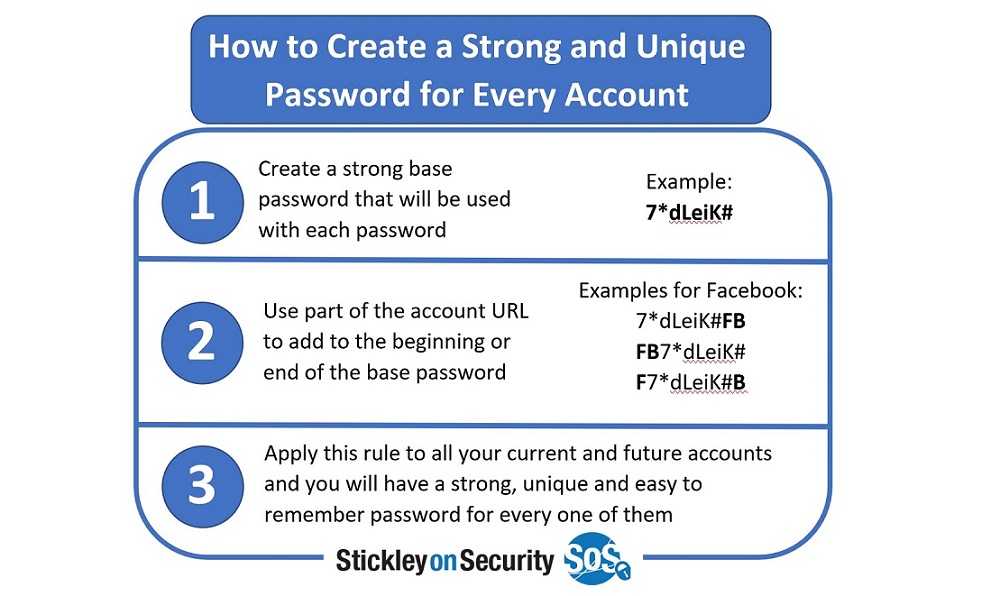The transition to living life through our devices has become very real for scores of people and businesses. By now, the coronavirus has changed our lives in ways we never expected. This transition includes doing most things from home like working, banking, healthcare, education, shopping, socializing, and more. Unfortunately, adapting to online life also gives bad actor’s a cornucopia of targets to exploit. There’s currently an historic rate of cybercrime thanks the increase in targets and coronavirus-themed lures that grab our attention. That being said, every user has the power to do more than cross fingers and hope for the best. There are proactive steps to take when you suspect an account may be compromised, including ways to help keep it from happening to begin with.
Red Flags of a Compromised Account
 Look for irregularities in any accounts as a sign of compromise. Receiving alerts from businesses, banks, social media, and other accounts that logins to your accounts were attempted is a huge red flag. It doesn’t necessarily mean there’s been a compromise, but it lets you know that others have tried. Taking immediate action on any suspicious activity, no matter how insignificant it may seem, should always be Step One.
Look for irregularities in any accounts as a sign of compromise. Receiving alerts from businesses, banks, social media, and other accounts that logins to your accounts were attempted is a huge red flag. It doesn’t necessarily mean there’s been a compromise, but it lets you know that others have tried. Taking immediate action on any suspicious activity, no matter how insignificant it may seem, should always be Step One.
 Immediately change account passwords, especially those showing activity you didn’t authorize. Best to freeze accounts where finances and other important data are kept, when possible; you can always unlock them later.
Immediately change account passwords, especially those showing activity you didn’t authorize. Best to freeze accounts where finances and other important data are kept, when possible; you can always unlock them later.
 Regularly check credit reports for irregular activity and don’t hesitate to freeze them from further use. TransUnion, Experian, and Equifax no longer charge to freeze and unfreeze your accounts, so don’t hesitate to do so if needed.
Regularly check credit reports for irregular activity and don’t hesitate to freeze them from further use. TransUnion, Experian, and Equifax no longer charge to freeze and unfreeze your accounts, so don’t hesitate to do so if needed.
Alert Your Accounts, Especially Financial, about Compromise
If you suspect a financial account has been compromised, alert ALL of the institutions that deal with your finances. These should include banks, credit card companies, credit bureaus, Google, Apple, Amazon, PayPal, Venmo, and other accounts where your financial data is stored or from where it’s accessed. Alerting the involved companies can also serve as a heads-up to them that a larger hack may be in progress and may prevent others from being victimized.
Protect Your Passwords and Change Them Regularly
Protecting the keys to your kingdom starts with savvy and strong password use. Studies show compromised passwords are responsible for 81% of hacking-related breaches. All passwords should be long and include upper- and lower-case letters, numbers, and special characters. Change them regularly and consider using a password manager if you can’t remember them all. Also, look for accounts and apps you haven’t used in a long time and delete them to reduce password exposure and hacking opportunities.
Some of the survey statistics on poor password use include:
- 65% of people reuse passwords across multiple or all accounts
- The average person reuses the same password up to fourteen times
- 91% say they understand the risks of password reuse across multiple accounts, but 59% admit they do it anyway

Use 2FA and Update Preferences
Two-factor authentication (2FA) or multi-factor authentication (MFA) should always be used when available. They add layers of login protection that verify it’s you who’s signing into your account and not a cybercriminal. Update preferences used for your 2FA, especially if you use security questions as part of authentication. The answers to these questions can often be found on your social media and other accounts, and if they are, be assured hackers will find them. Always update 2FA immediately if account compromise is suspected.
Limit What You Share Online
 Your PII (personally identifiable information) should remain with you and not broadcast on social media and other sites. PII nuggets such as your address, where you live and work, schools attended, LinkedIn profile and info about family and friends are cobbled together by hackers to create an identity profile that helps them enter your accounts. Hijacked PII is also used for socially engineered and spear-phishing email attacks. These methods use your PII for email phishing and targets those you know, including co-workers, family, and friends. The emails use your identity as bait for the recipients who blindly trust the email and its contents because they believe you are the sender.
Your PII (personally identifiable information) should remain with you and not broadcast on social media and other sites. PII nuggets such as your address, where you live and work, schools attended, LinkedIn profile and info about family and friends are cobbled together by hackers to create an identity profile that helps them enter your accounts. Hijacked PII is also used for socially engineered and spear-phishing email attacks. These methods use your PII for email phishing and targets those you know, including co-workers, family, and friends. The emails use your identity as bait for the recipients who blindly trust the email and its contents because they believe you are the sender.